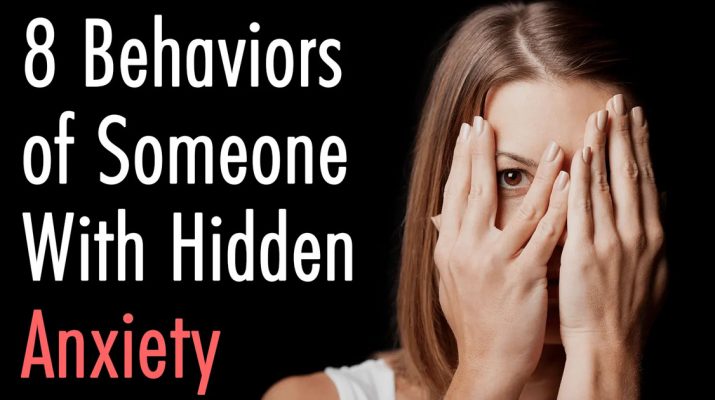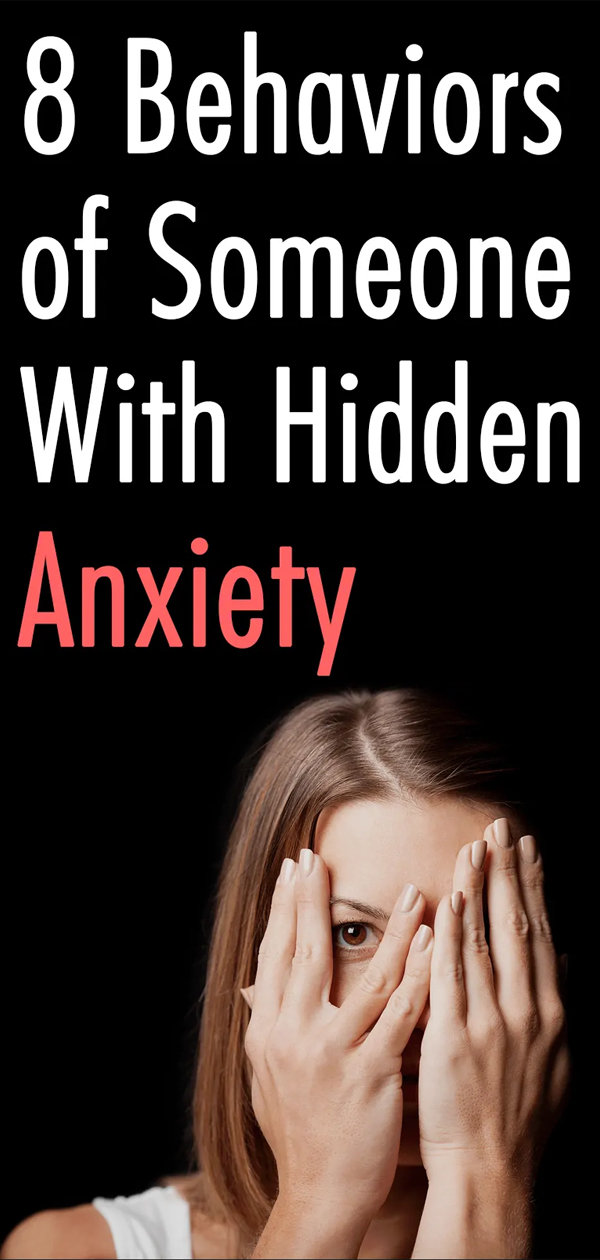Anxiety disorders are the most prevalent mental health condition in the world. Per the World Health Organization (WHO), one in 13 people suffers from an anxiety disorder. In the United States alone, an estimated 40 million people (18% of the population) are affected by anxiety every year.
What is anxiety?
Everyone gets anxious from time to time – it’s a regular part of life. A “built-in” mechanism of the brain, anxiety can even be healthy for us. For example, when we’re procrastinating on an important project, anxiety is there to help get our butt moving. Anxiety ceases being healthy when it is persistent, unmanageable, and disruptive. Doctors describe such a person as having an anxiety disorder.
The Anxiety and Depression Association of America (ADAA) defines anxiety disorders as “psychiatric disorders that involve extreme fear or worry.” Common symptoms of all anxiety disorders include:
- The coldness of the hands or feet
- Difficulty sleeping
- Dry mouth
- Inability to stay calm
- Heart palpitations
- Nausea
- Shallow breathing and tightness of the chest
- Stomach problems
- Uneasiness, fear, or panic
Anxiety disorders encompass the following conditions:
– Generalized anxiety disorder (GAD): Excessive, unnecessary tension and worry for no reason.
– Social anxiety disorder: Extreme nervousness or fear that you’re being judged, criticized, or ridiculed by other people. Also known as social phobia.
– Panic disorder: Sudden feelings of dread and danger, resulting in symptoms like chest pain, shortness of breath, feeling of asphyxiation, and a racing heartbeat.
“Anxiety is a lot like a toddler. It never stops talking. Tells you you’re wrong about everything. And wakes you up at 3 AM.” – Unknown
Signs Of Hidden Anxiety
Although anxiety disorders are very common, diagnosis of the condition is not: estimates cite only about one-third (33 percent) of all anxiety disorders diagnosed as such.
Here are 8 potential signs that someone is dealing with hidden anxiety:
1. They’Re Always Tense.
Visible tension may be the most common outward sign of anxiety. The fight-or-flight response, which is very active in an anxious person’s brain, often causes noticeable tension of the hands, neck, jaw, and shoulders. As we will discuss later, tension also spreads throughout the body, which may explain jittery movements of fingers, feet, and legs.
2. They Sweat A Lot.
Anxiety (and depression) is commonly linked to hyperhidrosis, a sweating disorder that affects 2-3% of the U.S. population. Someone with anxiety is more likely to have sweaty palms and perspire around the underarms. The condition is embarrassing to many adult working professionals, who often must interact with coworkers and customers.
3. They Complain Of Stomach Problems.
As stated, tension from anxiety affects pretty much every area of the body, including the stomach and intestines. It’s worth mentioning here that the nervous system and gastrointestinal (GI) system are always communicating.
When the brain is anxious, so is the stomach. Irritable Bowel Syndrome (IBS) is a GI condition often associated with chronic anxiety. IBS is characterized by symptoms such as abdominal pain, bloating, constipation, diarrhea, and gas.
4. They’Re Highly Reactive.
Highly-anxious people, as discussed, are always on-edge – a manifestation of a nervous system gone haywire. When the fight-or-flight system is active, the brain continually searches for external threats. Someone with hidden anxiety may become startled for no good reason, like when someone calls their name or walks near them.
5. They Require A Sense Of Control.
Anxious people do what they can to eliminate or prevent stress. To accomplish this, people with anxiety try to control their world as much as possible. Paradoxically, the desire to control things backfires, often resulting in more anxiety.
6. They Limit Or Avoid Social Situations.
Social anxiety disorder can severely limit one’s ability to make friends, establish bonds, and advance professionally. Affecting approximately 15 million adults, social anxiety disorder is “intense anxiety or fear of being judged, negatively evaluated, or rejected in a social or performance situation.” People with SAD will also sometimes limit their social interactions (talking) out of a misplaced fear of appearing foolish.
7. They Always Imagine The Worst-Case Scenario.
Also known as catastrophizing, another hidden tendency of people with an anxiety disorder is expecting the worst possible outcome. The subconscious mind signals to the person that there is a severe danger to be avoided, even when there isn’t.
As a result of this tendency, events that could (or should) be seen as a positive are instead perceived in the opposite light. People who catastrophize do not like surprises.
8. They Appear Depressed.
One must be careful here, as some people are more reserved and serious than others. However, depression and anxiety typically develop as a tandem disorder. Therefore, anxious people may exhibit some or many symptoms of depression. The co-development of anxiety and depression helps explain, at least in some cases, why anxious people are often able to “hide” their symptoms.
Closing Thoughts
While someone you know may manifest many of the behaviors mentioned in this article, this does not necessarily confirm they have anxiety. However, if you do believe they might be hiding feelings of severe anxiety, show them unconditional support.
You may suggest that they consider seeking professional help. Most of all, however, make sure they understand you care about them and will remain there for them no matter what.


